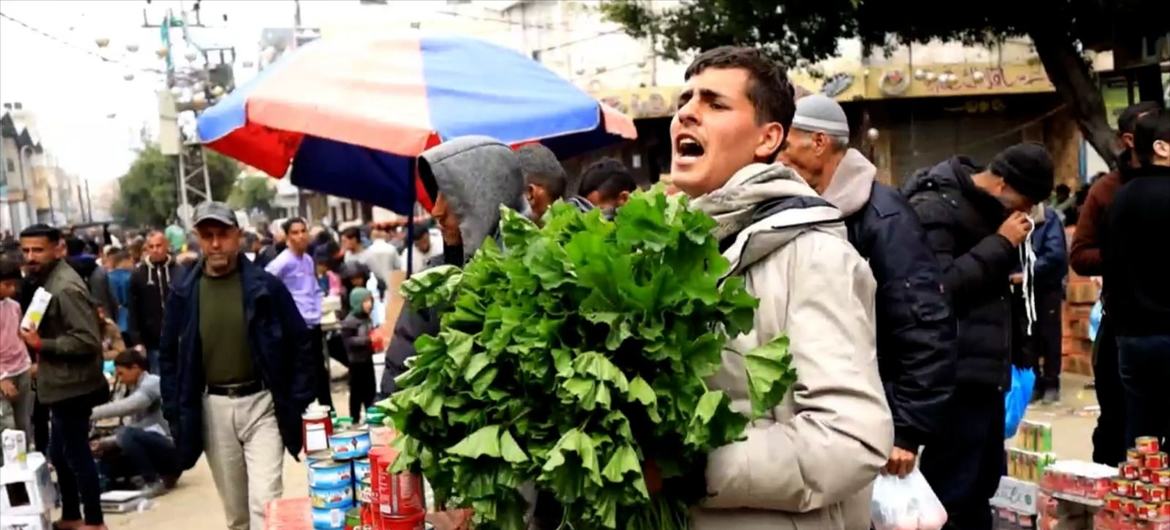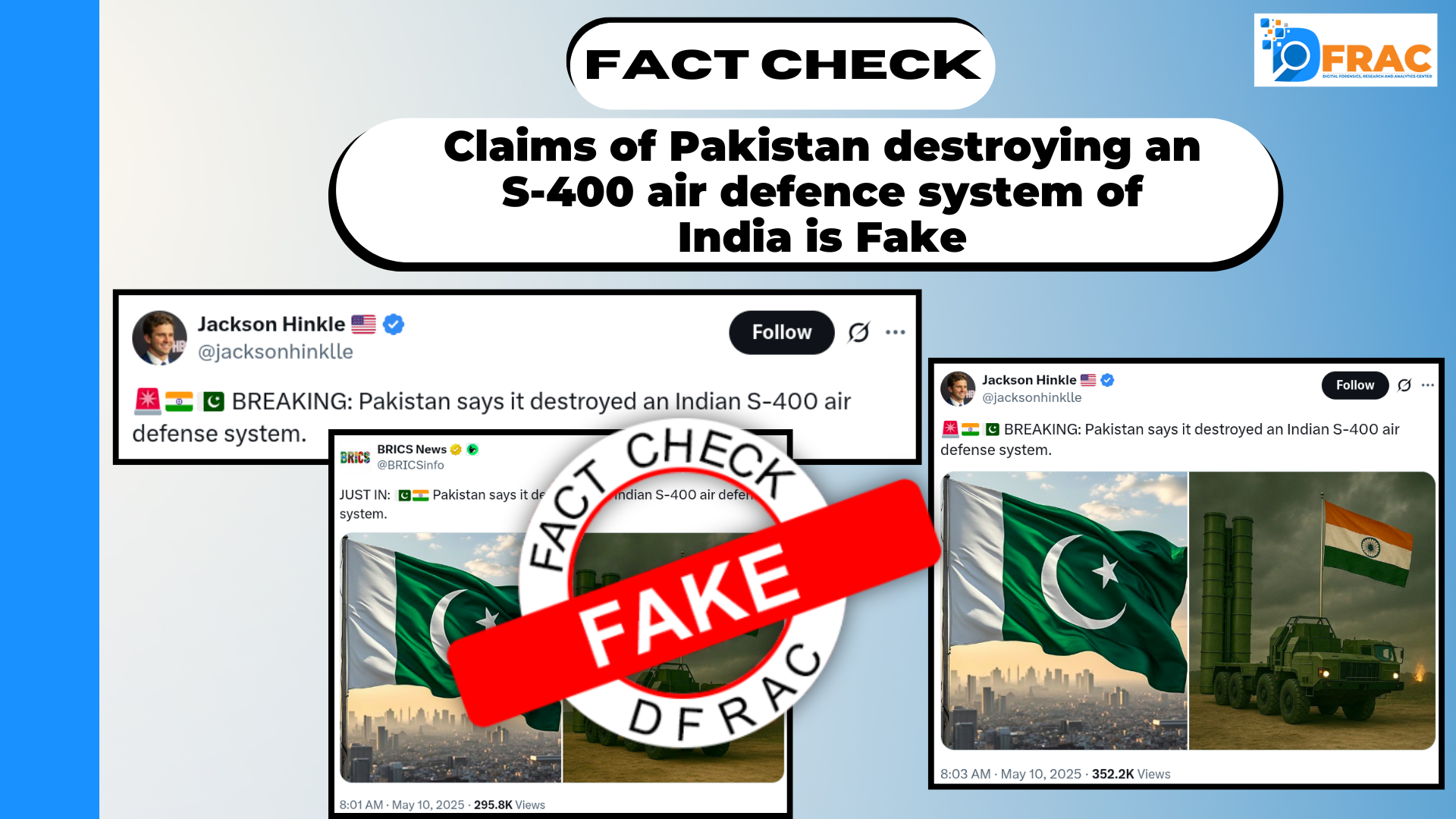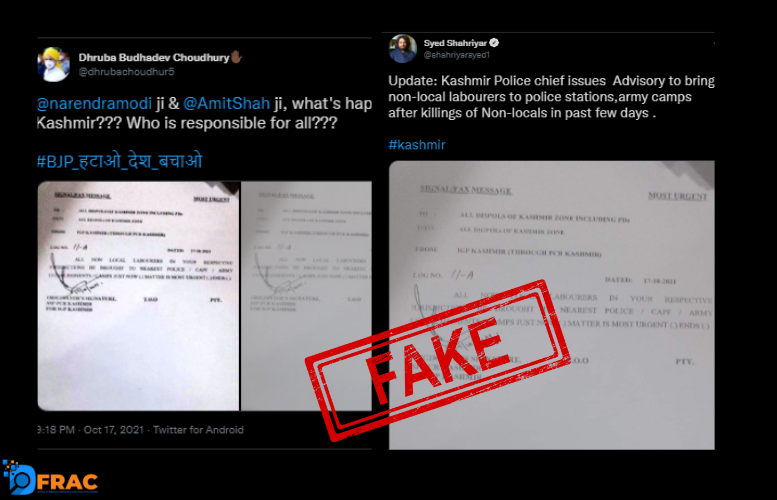Their journey begins in the open fields every morning in search of these plants, which include cheeseweed – known locally as khubeezeh – which have been eaten by Palestinians as side dishes for generations. Now, they have become a major food source for Gazans.
In #Gaza, unemployed youth have resorted to selling wild plants on the markets of Dier Al Balah in the central part of the Strip in an effort to make any kind of living pic.twitter.com/AXQi46m0vK
— UN News (@UN_News_Centre) February 29, 2024
According to the Food and Agriculture Organization (FAO), at least one in four households in the besieged enclave now faces catastrophic levels of food insecurity or famine-like conditions.
Residents of Deir Al-Balah in central Gaza say that cheeseweed prices have risen sharply since harvesting them has become common practice. In the period before the war, edible wild plants were free to anyone who wanted to pick them, but now people are forced to buy them, with food stocks critically low and humanitarian assistance scarce.
From pharmacy student to street vendor
Young Ahmed Fayyad raises his voice in the markets of Deir Al-Balah to attract attention to his goods.
There is produce available for those who can afford it, thanks to the ingenuity of the local wartime economy. But, resorting to wild plants as a staple points to the dire need and lack of nutrition that most now feel across Gaza.
A pharmacy student at one of Gaza’s universities just a few months ago, his situation now is indicative of the thousands of young people who have had their dreams disrupted by the war.
To support himself and his family, he has turned to selling cheeseweed on the street after being recently displaced by the intensifying fighting in the southern city of Khan Younis.
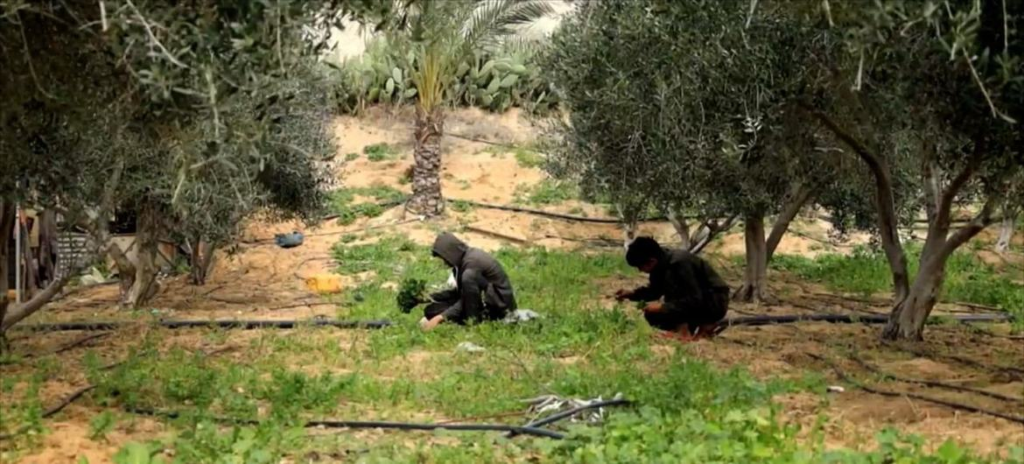
Young people harvest wild plants to sell in the markets of Deir Al-Balah in central Gaza.
Mr. Fayyad spoke to UN News in the markets of Deir Al-Balah and described the suffering of young people in the city: people who sell cheeseweed just want to make an income and work.
“There is no source of income, they have been sitting at home for five months and they want to make money. They want to feed their kids, and they also need goods like diapers, milk and other things. They have responsibilities. They say to themselves ‘I’m going to make a living by selling cheeseweed or anything else, even if it’s grass.’”
Abu Ali was displaced from the Shuja’iyya neighbourhood in Gaza City. He said cheeseweed is the cheapest thing on the market and is widely available. Other food items are simply out of reach. “If we want to buy a bottle of cooking oil today, it costs about 20 shekels ($5.56). Good food is expensive,” he added.
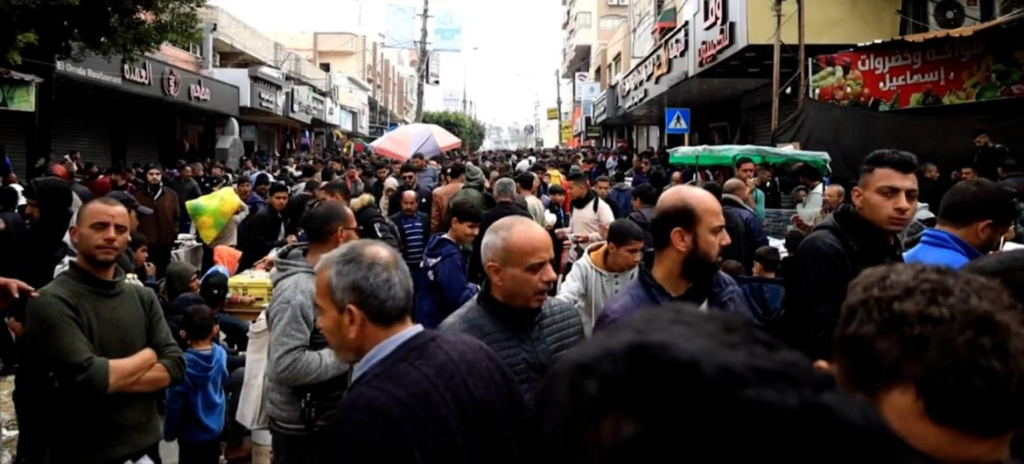
A crowded market in Deir Al-Balah in central Gaza.
A land devoid of basic necessities
The UN food and agriculture agency (FAO) says that over 46 per cent of land for growing crops in the Gaza Strip has been destroyed as a result of the war, and 97 per cent of its water is unfit for human consumption.
According to reports by the UN relief agency for Palestine refugees, UNRWA, the aid entering Gaza provides for the needs of no more than three per cent of its population.
Before the start of this latest conflict, 500 trucks of commercial and humanitarian supplies entered Gaza every day. Today, that number has dwindled to an average of 98 trucks this month, all of which passed into the enclave through the Rafah and Karam Abu Salem (Kerem Shalom) crossings.
The UN has been unable to deliver any aid since 23 January to areas in northern Gaza, where famine is looming, and people have been forced to resort to eating animal feed to stay alive.
UN Humanitarians on the ground report that aid convoys heading to northern Gaza continue to come under fire and are being denied access by Israeli authorities.
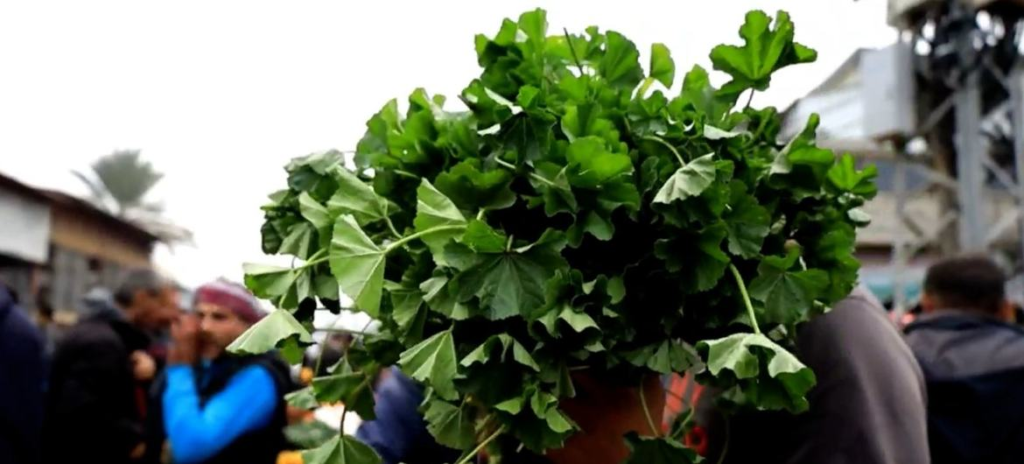
Wild plants, including cheeseweed, are being sold in Deir Al-Balah in central Gaza as food stocks have been depleted.
Source: https://news.un.org/en/


